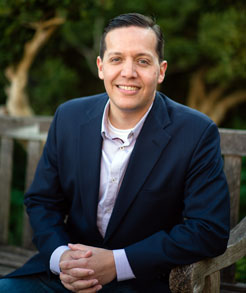NAGC works to support those who enhance the growth and development of gifted and talented children through education, advocacy, community building, and research

NAGC works to support those who enhance the growth and development of gifted and talented children through education, advocacy, community building, and research
 The February 2020 issue of Teaching for High Potential is available now for members
The February 2020 issue of Teaching for High Potential is available now for members
This month's subjects include: Praise & Encouragement, Number Talks, EdTech Science Trends, and more.
 Attend the Leadership & Advocacy Conference, March 17-18, 2020 in Alexandria VA to sharpen your advocacy and policy skills, visit your Congressional Representative and Senators, and learn how Federal policies are impacting gifted education.
Attend the Leadership & Advocacy Conference, March 17-18, 2020 in Alexandria VA to sharpen your advocacy and policy skills, visit your Congressional Representative and Senators, and learn how Federal policies are impacting gifted education.
 In a 10-19-15 Washington Post column, Jay Matthews focused on Failing our Brightest Kids, by Checker Finn and Brandon Wright, and he acknowledges that our nation must improve the identification and service of high-potential students, particularly those from disadvantaged and other under-represented populations. We agree.
In a 10-19-15 Washington Post column, Jay Matthews focused on Failing our Brightest Kids, by Checker Finn and Brandon Wright, and he acknowledges that our nation must improve the identification and service of high-potential students, particularly those from disadvantaged and other under-represented populations. We agree.
But Matthews’ worrisome comments seem to say that because gifted education has been under the radar and under-studied, we should simply take it off the agenda. Doing so would only compound the problem. Mathews acknowledges that we know little about our high-ability students who go unserved because of their socioeconomic status. This inequity results from a lack of focus from policymakers on capturing the data, which helps drive their neglect.
The result is what Mathews finds most compelling—a slight to bright low-income children who are under- achievers. Because most of the decisions on identifying and serving these students fall to school districts, the reality is that we have a nation of few haves—primarily in affluent areas—and many have-nots.
Reversing this neglect starts with transparency and a commitment to identifying and serving the gifted and talented!

National Association for Gifted Children
1331 H Street NW, Suite 1001, Washington, DC 20005

